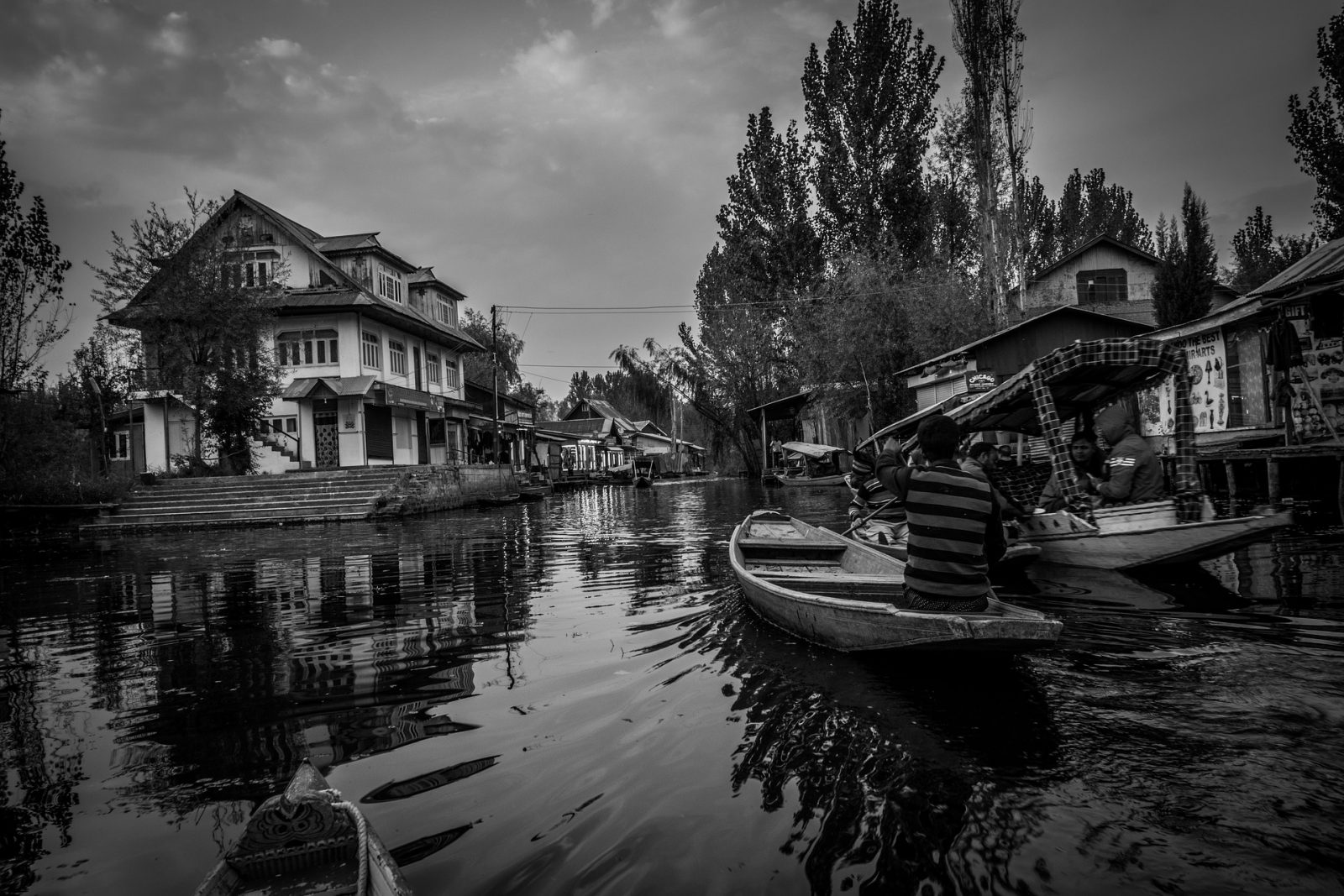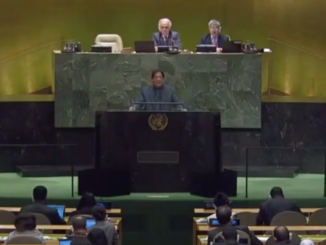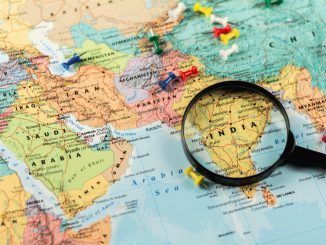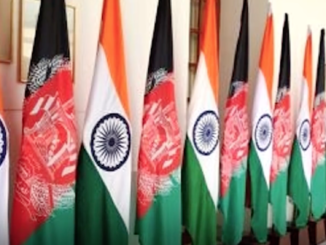 The Kashmir dispute between India and Pakistan has been festering for over seven decades, ever since the two nations became independent countries in 1947. Two wars (1947 and 1965) and two serious skirmishes (Siachen and Kargil) that could easily have led to fully-fledged conflicts have failed to resolve the issue. Pakistan’s attempts to free the Kashmir Valley from Indian occupation on moral grounds and through military and diplomatic means, have made little progress to date. Is there a better strategy to resolve the Kashmir imbroglio that would meet the aspirations of the people of Kashmir? A dispassionate study of the earlier unsuccessful attempts by Pakistan might suggest a way forward.
The Kashmir dispute between India and Pakistan has been festering for over seven decades, ever since the two nations became independent countries in 1947. Two wars (1947 and 1965) and two serious skirmishes (Siachen and Kargil) that could easily have led to fully-fledged conflicts have failed to resolve the issue. Pakistan’s attempts to free the Kashmir Valley from Indian occupation on moral grounds and through military and diplomatic means, have made little progress to date. Is there a better strategy to resolve the Kashmir imbroglio that would meet the aspirations of the people of Kashmir? A dispassionate study of the earlier unsuccessful attempts by Pakistan might suggest a way forward.
The annexation of the State of Jammu and Kashmir (J&K) by India in October 1947 was a blatant violation of the principles on which the partition of the Indian subcontinent was based. Jammu and Kashmir, then under the Dogra rule, comprised the Kashmir Valley, Jammu, Ladhak, Gilgit and Baltistan. Pakistan’s attempts to redress the injustice in its war against India of 1947-48 met with partial success. Only a sliver of the Kashmir Valley was freed from Indian clutches, while the entire Gilgit and Baltistan regions (also known as the Northern Areas) were liberated. Why?
As the 1947 war waged, the Kashmir valley population, despite overwhelmingly supporting Pakistan, were generally silent spectators hoping the Pakistan Army would rescue them from Indian occupation. In Gilgit and Baltistan, on the other hand, the local population rose in support of the Pakistani liberation forces and eventually succeeded in overthrowing the Dogra army. Attempts by the Indian Army to recapture the territories were easily repulsed. Gilgit and Baltistan today is an integral part of the Pakistani federation.
In the wake of this Kashmir War, UN Resolution 47 was adopted, which envisioned holding a free and fair plebiscite/referendum in Kashmir to determine whether the people of J&K wished to remain a part of the Indian union or join Pakistan. The solemn promise by the then Indian Prime Minister to honour the UN Resolution, and the lollypop of Article 370 in the Indian Constitution whereby Indian Occupied Kashmir (IOK) was granted a degree of autonomy in self-rule, lulled the Kashmiris into accepting Indian occupation as a temporary phase.
A decade and a half on, the referendum had still not been held, under one pretext or the other; it became abundantly clear that India, for all intents and purpose, had abrogated the UN Resolution 47 without incurring any censure by the UNO. Pakistan’s military forays in 1965 (Operations Gibraltar and Grand Slam) also failed because the Kashmiris across the Cease Fire Line, instead of supporting the invasion, either remained neutral or a section of them sided with the Indian occupiers. The Kargil attempt in 1998 did not elicit the requisite local support either.
With the nuclear factor in play between India and Pakistan, it would be sheer madness for either to initiate an unprovoked military attack on Azad Kashmir (by India) or IOK (by Pakistan). The world body would come down hard on the side viewed as the aggressor to prevent the crisis from escalating to a level where the spectre of nuclear war becomes a reality. Pakistan continues to support the Kashmiri freedom struggle morally and politically, but any direct material support to the struggling people in the Valley at this juncture will be spun by India, using the prevalent Islamophobia in the West, as terrorism by Islamic militants.
Valiant Burhan Wani and his young troops had shown the way towards freedom, but their efforts and sacrifices were in vain as the militancy was confined to a small cadre; the rest of the population only provided moral and vocal support.
Kashmiris in the Valley have paid dearly for the past seven decades in their struggle against the Indian occupation without achieving freedom, because protests, shutdowns and rallies have been mostly peaceful. An independence struggle by the people there that encompasses all the principal domains of modern warfare—military, political, information, social, economics—is the only way to end Indian tyranny in the Kashmir Valley.
Article 370 of the Indian constitution which prohibited Indians from owning property and claiming Kashmiri nationality, had provided a fig leaf of security to the indigenous population. Its abrogation has finally convinced the majority of Kashmiris in IOK about the nefarious Indian design of ethnic cleansing of the locals. They fear India will commit genocide of the Valley residents and replace them with Hindus from other parts of India, thus making the Kashmir Valley a Hindu dominated region. Even the scions of Sheikh Abdullah, whose family had historically maintained steadfast support for Indian rule, have finally admitted their gross misjudgement and have joined the majority opposing Indian occupation. Kashmiris are now looking towards Pakistan to help them overthrow the Indian yolk.
Even at the current level of atrocities that are being perpetrated by Indian troops in the Valley, a shift among some western legislatures about the Indian version is discernable. They are questioning the veracity of the Indian portrayal of the situation and demanding an independent inquiry to determine the truth. If the atrocities continue to spike, the tide in western democracies will turn further against the Indian story line.
The Indian government is already reeling under the turmoil the Citizenship Amendment Bill is causing among the Indian public and polity. Were the Kashmiris in the Valley to rise against the Indian occupation of their land, it would lead to near paralysis in the IOK. The combined impact of the two existential threats to its nationhood could force Modi to reexamine his disastrous Kashmir policy—it could eventually lead to a resolution of the Kashmir dispute acceptable to the Kashmiris.
For seven decades, the Kashmir Valley has stayed under Indian bondage despite sacrifices made and lives lost. Pakistan, as it has done in the past, will continue to go the extra mile to support the Kashmiri freedom struggle. Success will come once the Kashmiris across the length and breadth of the Kashmir Valley to rise against the Indian military presence in their land—bullies understand only the language of force.
Given the atrocious treatment being meted out to the Kashmiris in the Valley, that day is not far away; and should that happen, no power on earth can stop the movement from succeeding.
![]()




Be the first to comment